Science
'Nitroplast': Why The Discovery Of This Organelle Is A Landmark Event In Biology
Aravindan Neelakandan
May 01, 2024, 07:20 PM | Updated Aug 06, 2024, 12:34 PM IST
Save & read from anywhere!
Bookmark stories for easy access on any device or the Swarajya app.
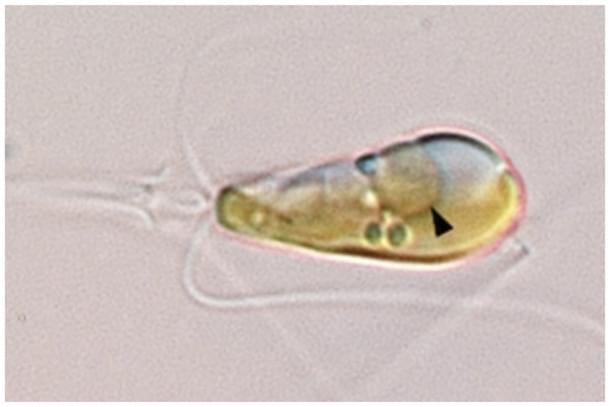
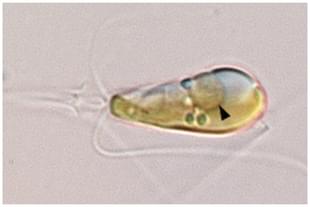
Scientists made a major discovery in April 2024. From peer-reviewed science journals like Science to popular science magazines like New Scientist, all are excitedly talking about this discovery. It is being called 'the discovery of nitrogen fixing cell organelle'—nitroplast.
There is more to the discovery than meets the eyes. It is a vindication of an insightful vision and the rigorous methodology of science.
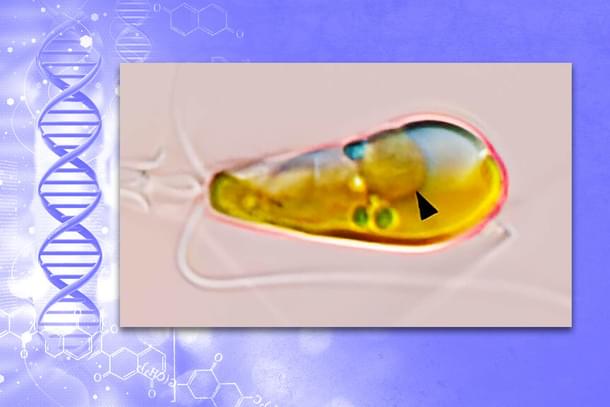
Everyone is familiar today with organelles inside plant and animal cells like chloroplast and mitochondria, which conduct important life functions like photosynthesis and respiration respectively. Half a century ago Lynn Margulis (1938-2011) proposed the theory of endosymbiosis - a revolutionary thesis. It was published in the Journal Of theoretical Biology and was titled 'On the Origin of Mitosing Cells'. Before getting published it has been rejected by more than a dozen journals.
Margulis had proposed in her paper that three organelles, sub-cellular structures, found in the cells which have developed cell nucleus, could have been free-living, more primordial organisms which were in close-mutually beneficial relationship. Such a relation is symbiosis.
The organisms with cells that have nuclei are called eukaryotes. From marine algae to mammals, all animals and plants including humans have eukaryotic cells.
The primordial cells are prokaryotes.
Margulis proposed that mitochondria, which are important for cellular energy production, chloroplasts which are fundamental units of photosynthesis and flagella found in organisms useful for movements, were all once free-living organisms which were incorporated into our cells.
The process is called endosymbiosis.
Today, endosymbiosis is mainstream. Both mitochondria and chloroplasts are generally accepted as being derived from ancestral prokaryotic organisms - bacteria.
However what is not much understood is how exactly the organisms become organelles or how endosymbiosis takes place.
Today, the cover of Science magazine announces the witnessing of the very scenario that Margulis proposed in 1967.
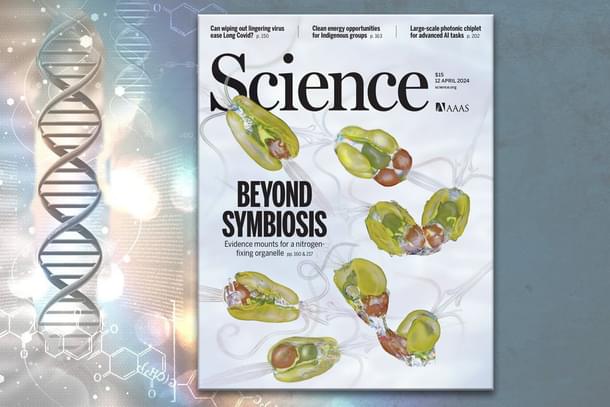
And the discovery has come in the form of a nitrogen fixing organism in which a new organelle has been proposed - 'nitroplast'.
Nitrogen fixing is absorption of atmospheric nitrogen and converting it into a form that living organisms can use. This means changing nitrogen molecules in the atmosphere into ammonia. This process is called reduction – adding hydrogen atoms to nitrogen.
This nitrogen fixing is central to the planetary nitrogen cycle.
In human applications, biological nitrogen fixation is valuable for producing nitrogen-rich bio-manure and bio-fertilizers.
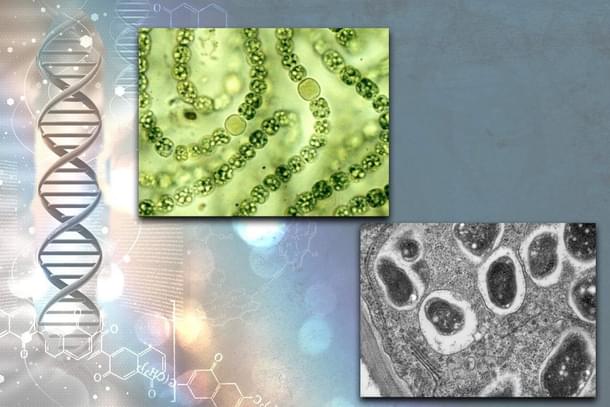
Almost all biological nitrogen fixation on Earth is carried out by prokaryotes, specifically bacteria. These bacteria form close associations with various organisms, ranging from marine algae in the oceans to the root nodules of leguminous plants in soil.
A case in point here is a unicellular micro algae called Braarudosphaera bigelowii which in itself is a fascinating organism, a coastal phytoplankton. This single celled algae has a bacterial endosymbiont Candidatus Atelocyanobacterium thalassa or simply, UCYN-A.
Here is the interesting background story related to this discovery.
In 1998, Jonathan Zehr, a marine scientist discovers a typical prokaryotic DNA sequence of an unknown nitrogen-fixing organism in the Pacific Ocean. After years of study, they give it the name UCYN-A. Meanwhile Kyoko Hagino, a paleontologist at Kochi University in Japan, was trying hard to culture a particular marine alga in the lab.
After 300 expeditions she was able to achieve what she set out to. It turned out to be the host alga of UCYN-A. The culture allowed the science community to study the endosymbiotic relation closely.
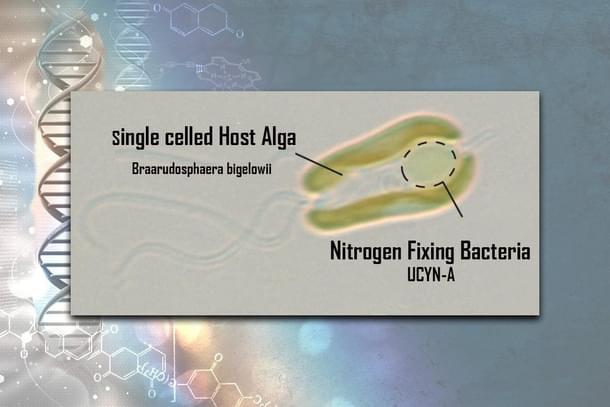
After years of study, in a paper published in March 2024 issue of the journal Cell, Zehr et al., announced that ‘the size ratio between UCYN-A and their hosts is strikingly conserved across sublineages/species, which is consistent with the size relationships of organelles in this symbiosis and other species.’
Through further metabolic modelling they also discovered strongly connected metabolism between the host cell and UCYN-A. For a prokaryotic nitrogen fixing bacterium, the energy cost for fixing nitrogen from the atmosphere is very heavy. So they have internal processes to regulate nitrogen fixing when nitrate sources are available in the surroundings. But UCYN-A has lost these abilities.
Naturally the high energy demand makes it almost obligatorily part of the UCYN-A/B. bigelowii symbiosis. And in the symbiosis there are constraints of metabolic cost and resources availability. This further makes it more advantageous for the prokaryote organism to become an organelle. Yet the Cell paper is not fully confident that the organism has become an organelle.
Cautiously they announced that ‘UCYN-A is, in many regards, functioning like a hypothetical N2-fixing organelle (or nitroplast).’ The consistency in the size ratio between the endosymbiont and the host organism which in turn may be arising from the 'fundamental constraints rooted in the exchange of resources between symbiotic partners' may be ' ‘snapshots’ along the spectrum of the evolution of bacterial-derived organelles in eukaryotes', they said.
This April, even this cautious approach has given way towards more certainty.
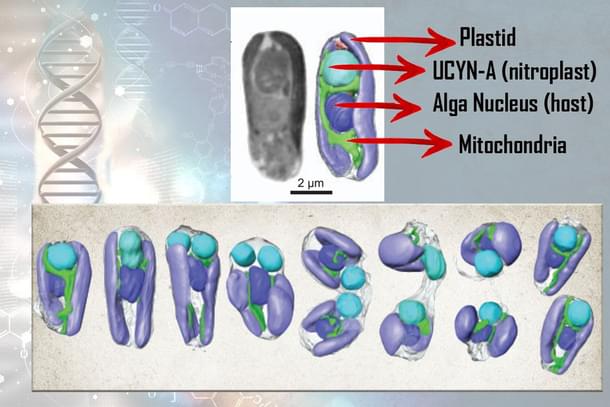
The symbiosis of UCYN-A/b.bigelowii made the very cover story of Science: ‘Beyond Symbiosis: Evidence Mounts for Nitrogen Fixing Organelle.’
An international team of scientists from the US, Taiwan and Japan published in the issue a paper ‘Nitrogen Fixing Organelle in Marine Alga.’ The scientists used soft-X Ray tomography studying the cellular surface of the division of the Algal cell.
They discovered that UCYN-A was behaving similar to a cellular organelle than as a separate organism.
Further circadian rhythms are important for bacterial nitrogen fixing. The gene complex associated with circadian rhythm coordination is a three-genes complex called ‘kai’ genes. UCYN-A has lost two of the three ‘kai’ genes. In Eukaryotes like algae and other higher organisms, cellular nuclear encoded cryptochrome proteins or ‘cry’ proteins do the same function. In UCYN-A, two host organisms-encoded cry proteins are found in abundance. All these clearly point to a bacteria in symbiosis, moving beyond symbiosis and the organism becoming the first nitrogen fixing organelle.
So here we have witnessed in all probabilities how an organism becomes an organelle. Endosymbiosis or organelle-genesis has been seen in action.
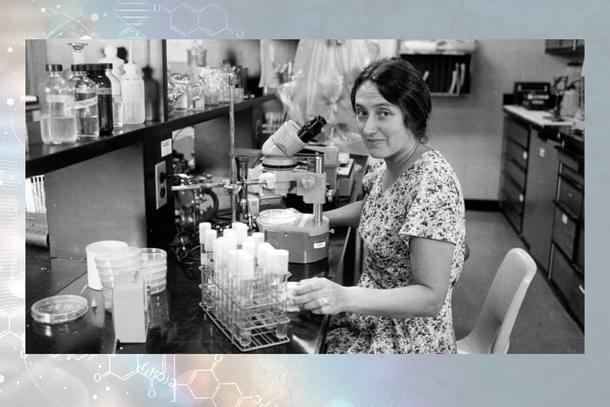
Nitroplast is in a way a tribute of mainstream science to a heretic woman of science with a remarkable insight , a lonely bold voice who was only 29 when she proposed this idea– Lynn Margulis!
Journal References:
Cornejo-Castillo FM, Inomura K, Zehr JP, Follows MJ. Metabolic trade-offs constrain the cell size ratio in a nitrogen-fixing symbiosis. Cell. 2024 Mar 28;187(7):1762-1768.e9. doi:10.1016/j.cell.2024.02.016
Tyler H. Coale et al. ,Nitrogen-fixing organelle in a marine alga.Science384,217-222(2024). DOI:10.1126/science.adk1075




